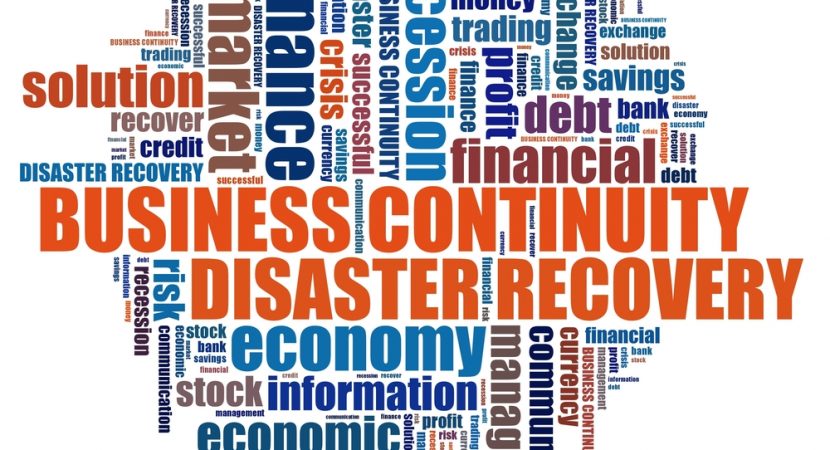Running any business is hard work, not every venture will be the big success that you’ve been hoping for. However, with most businesses, you can spot the problems in advance and prepare for the potential difficulties you could face. Company turnaround comes in several different forms and there are different methods of recovery designed to suit an array of different circumstances.
Not only must you look at the business from a financial point of view but you must also take note of where you see the business going. Whilst it’s vital to consider financial planning, you have to also think about the business processes and consider how you can make your business the most efficient it can be. If that means using technological solutions like AWS, then be it! However, before making any firm decisions regarding the usage of technology, it would be wise to consider gaining some knowledge about the same from splunk consulting. After all, you would want to know if what you are about to spend your money on is worth the cost and hassle.
Serious business debts
Business debts can be a huge problem and regardless of how big or successful you are, almost every business will at some point incur some business debts. These can come from any number of different setbacks and these issues will often be unpredictable. It could come from the loss of a big contract, a smaller grip on the marketplace or even business growth that didn’t manage to transpire.
As such a common problem, it’s vital that owners don’t ‘bury their head in the sand’ and look to tackle the financial issues head-on. So what rescue strategies are there, what are the best ways of bringing your business back from the brink?
Finding extra sources of finance
With so many businesses struggling with finances, either for growth or just keeping your head above water, finding that extra finance can be vital.
Commercial finance
Aside from the obvious benefits of taking out a bank loan, or using money from friends and family, commercial finance can represent a fantastic opportunity of taking out a finance package designed for your business. Commercial finance is a general term with a variety of products coming under its title.
- Invoice Finance – A solution to late-paying clients. Factoring companies can provide you with an upfront payment worth the value of your invoice. They will typically give you up to 90% of its value, before going on to collect the invoice from your client and then returning the change minus their fees.
- Asset Finance – This is a means of securing the top equipment, assets and machinery for your business without having to pay one lump sum. You can use the equipment on asset finance, while paying it off monthly. Not only will this help and aide your cash flow, it can also be a massive boost for productivity.
- Secured Loan – If it’s simply just cash you need, a secured loan is often the easiest way of securing it. A lender will secure their loan against an asset or a property, depending on the loan size. You are then able to make monthly repayments to pay it off. Importantly, if you’re credit rating isn’t perfect, a secured loan is easier to get.
- Bridging Loan – Bridging loans are designed to bridge the gap between the need for finance and the main source of repayment becoming available. They are ideal if you are moving to a new business premises, as it means you can make the transition quicker instead of having to wait for a sale to go through.
Formal Arrangements
If the problems go deeper and the debts in question are more serious than you first thought, using finance to get back to where you were won’t be the solution. A formal repayment plan can give you the option to take off creditor pressure and get your business back in line.
For a limited company, the best option would be a company voluntary arrangement (CVA). This enables you to pool all your creditors into one pot and then repay them pro-rata every month. The amount calculated will be worked out so that you can continue normal business operations. A CVA can last for up to five years, after which any remaining liabilities will be written off. An individual voluntary arrangement is for self-employed sole traders and works in just the same way.
Starting over
Sometimes businesses are just too far gone to rescue. In times like this, it’s worth thinking about simply starting over. If you do decide to stop trading, you have to consider how you want to stop trading and what route would be best when it comes to restarting. In certain circumstances, shareholders can purchase the company back and essentially continue the business with a new brand name. This is also known as a ‘phoenix company’.


